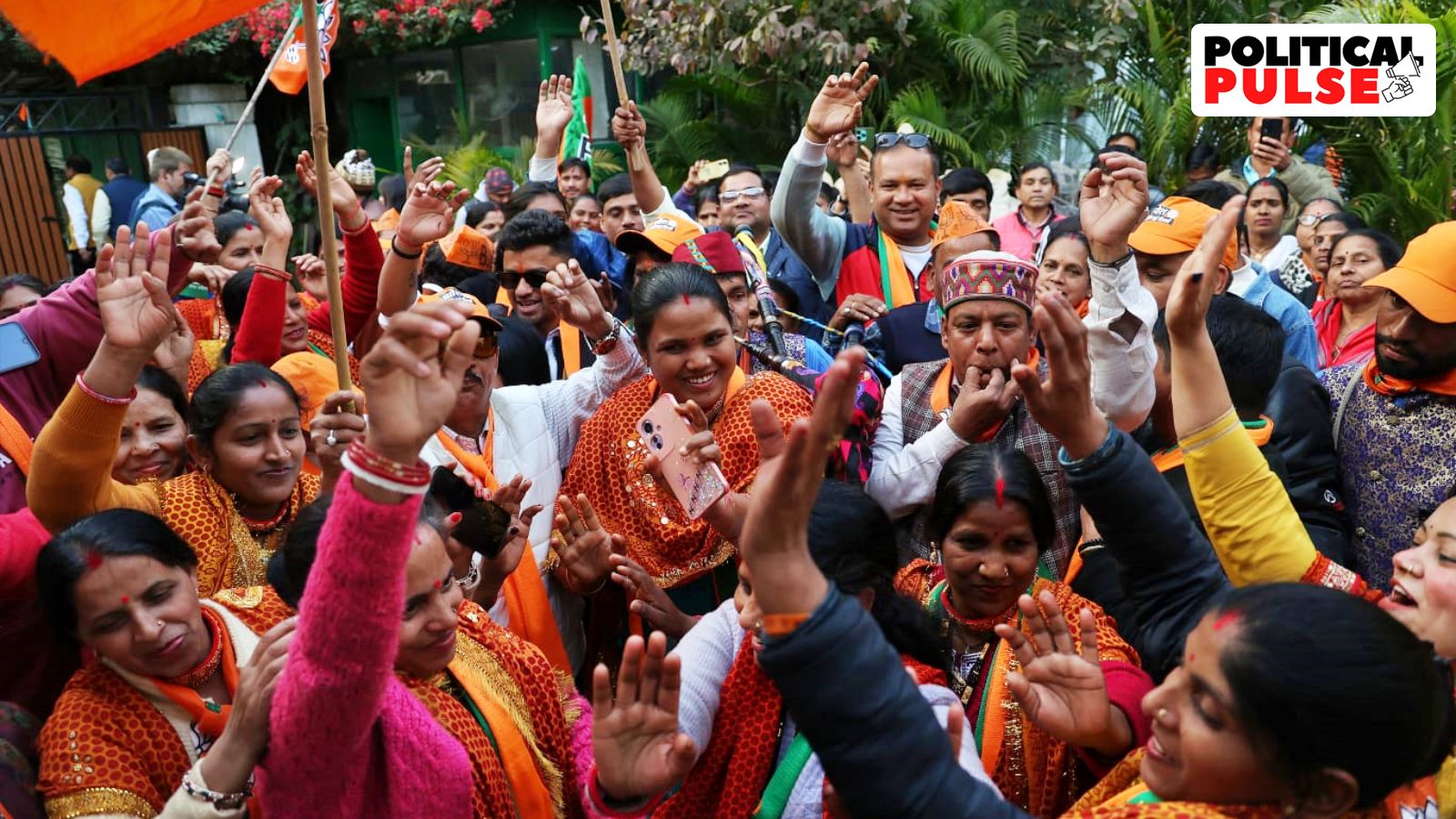 |
|
The Delhi Assembly elections concluded with a significant victory for the Bharatiya Janata Party (BJP), particularly in closely contested races. A detailed analysis of the results reveals a stark contrast between the BJP's and the Aam Aadmi Party's (AAP) performance in constituencies decided by narrow margins. Of the thirteen races where the victory margin was less than 5,000 votes, the BJP emerged victorious in nine, showcasing a remarkable ability to secure wins in tightly contested areas. This strategic triumph underlines the BJP's meticulous ground-level campaign strategy and its capacity to effectively mobilize support in even the most competitive electoral landscapes. The narrow margins also highlight the fiercely contested nature of the elections and suggest a close political battle in the city.
The AAP's performance in these close contests stands in stark contrast to the BJP's success. The party, which had previously dominated the close races in 2020, secured only four of these thirteen races. This significant shift in the political dynamics is indicative of the changing political landscape in Delhi. The loss of key figures like Manish Sisodia, a prominent AAP leader and former Deputy Chief Minister, and Arvind Kejriwal, the Chief Minister, underscores the depth of the BJP's victory. Sisodia's loss to Tarvinder Singh Marwah by a margin of 675 votes highlights the BJP's effective campaign in targeting even the most seasoned AAP leaders. The relatively small victory margins in the AAP's wins also suggest a potential erosion of their support base in certain areas, demanding a thorough introspection of their electoral strategy.
The role of other parties in influencing the outcomes of these close contests should also be considered. The Congress party, despite not winning any of these tight races, played a significant role in several, acting as a spoiler for the AAP in key constituencies. For instance, in Sisodia's constituency, the Congress candidate secured a considerable number of votes, which likely played a role in his defeat. Similarly, in other close contests, the combined votes of other parties exceeded the winning margin, indicating the impact of the multi-party system on the election results. The Azad Samaj Party (Kanshi Ram) and the BSP also secured a significant number of votes in some constituencies. The presence of NOTA (None Of The Above) votes above the winning margin in some instances reveals voter dissatisfaction with available candidates, offering a crucial insight into the electorate's sentiments.
The analysis of these close contests reveals a significant realignment of political power in Delhi. The BJP's strategic success in securing a majority of the closely contested seats showcases their robust grassroots organization and ability to effectively target and win over voters. The AAP's loss of key figures and their reduced performance in tight races raises questions about their campaign strategy and future electoral prospects. The influence of other parties, particularly the Congress, and the impact of NOTA votes add further complexity to the understanding of the election outcomes. The results from these 13 constituencies paint a clear picture of a shift in the Delhi political landscape, making this election outcome a significant event with long-term implications for the political trajectory of the region.
Looking forward, both the BJP and the AAP will need to analyze these results thoroughly to understand the reasons behind their successes and failures. The BJP needs to consolidate its gains and maintain its momentum for future elections, while the AAP must reassess its strategies and work towards regaining lost ground. The role of other political parties will also be a key factor to consider in future elections. The findings from this detailed analysis of the close contests will undoubtedly influence the political strategies of various parties in the coming years. Ultimately, the outcome of these close races reflects the dynamic nature of Delhi's political landscape and highlights the need for all parties to constantly adapt and refine their strategies to remain competitive.
This detailed analysis of the closely fought constituencies reveals much more than just the raw number of seats won or lost by each party. It offers a deeper insight into the dynamics of the Delhi electorate and provides a crucial lens through which to understand the complex interplay of political forces at work. The study of these narrow victories and defeats provides valuable lessons for political strategists and offers a compelling narrative about the evolution of the political landscape in Delhi. This analysis underscores the importance of nuanced election analysis beyond just headcounts and provides a basis for informed political discourse and strategic planning for future elections.
Source: Manish Sisodia to Arvind Kejriwal, AAP lost 9 tight fights to BJP, won four
